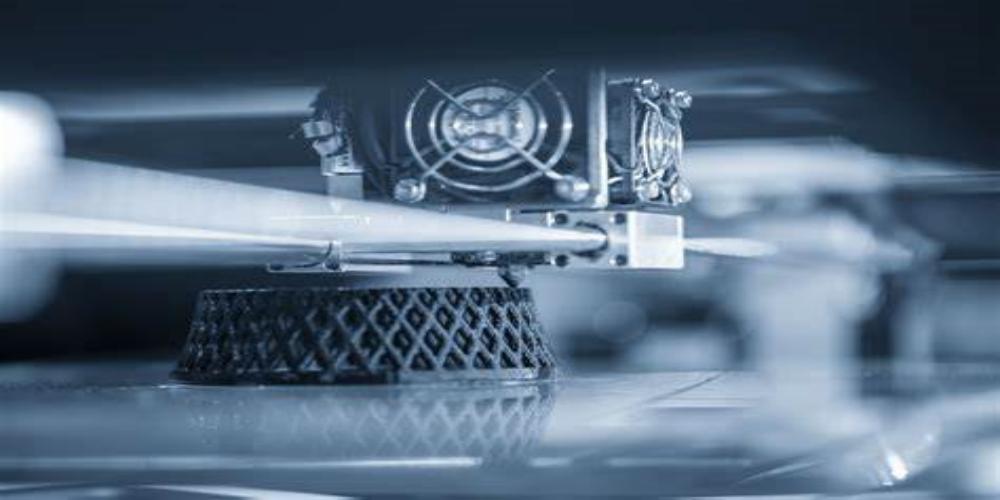Is the RIM tooling a step from the traditional injection molding? Yes. Firstly, aluminum requires less than other molds because of the low-cost aspect. Comparing it with the performance characteristics of the other rubber/plastic characteristics, the temperature and control over the material are better. The rim molding tooling process produces system parts from the thermoset foam. The thermoset has a similar reaction with epoxy glue while molding for parts. So how is RIM tooling different from injecting molding?
In the RIM molding process, the mixed material is supposed to be poured inside the mold while cooling down. One drawback of this process is that it can not be reused once it is molded inside the thermoplastic molding. It is injected under low pressure, which allows the material to expand within the mold.
The injection molding process differs in a few steps from the RIM molding process.
Similarities between the two molding processes:
There are a few similarities between the processes. Both the molding process can be repeated to get the same precise results. Moreover, the team can maintain consistency to get the desired shape with a high production capacity. Therefore, it supports mass production in all kinds of industry consume products. Parts produced using both methods are flexible to revision and adaptable to design changes. Moreover, you can improve the appearance of the parts added to the final process.
Both of the molding processes are useful for various types of materials. For example, the industry can test different combinations of raw materials to get moisture or heat-resistant product parts for commercial testing.
Apart from this, another similarity is that the metal is captured and molded around the metal. It is similar to injecting molding machinery. Nonetheless, it is also supported by the RIM process for parts.
Key differences:
Firstly, inject holding is suitable for the high-volume production of parts, whereas RIM molding only supports low-scale production. The inject molding cycle is a quick turnaround, whereas RIM molding takes precious time for the accuracy and precision of the molded parts.
Inject molding is effective for using in-mold coloring for the final product part, whereas you will not observe a pre-colored RIM part. Inject molding costs less than the RIM expensive process. RIM tooling process that utilizes aluminum provides customers a 20% saving edge, whereas the injection molding method does not support this. Lastly, the RIM tooling process effectively uses less pressure than the other. It also successfully produces large machine parts using RIM, whereas injection molding may require more cost to support larger production. It must be correct in all the prototyping directions and dimensions to speed up the prototyping process.
RIM molding advantages:
Even though the injection building is similar to RIM in some ways, RIM provides multiple options in variable wall selection. At the same time, the injection molding process does not support it.
Tooling cost with the RIM molding process costs lesser in general than the other method. Therefore, the materials and design used are considered effective for molding pressure.


